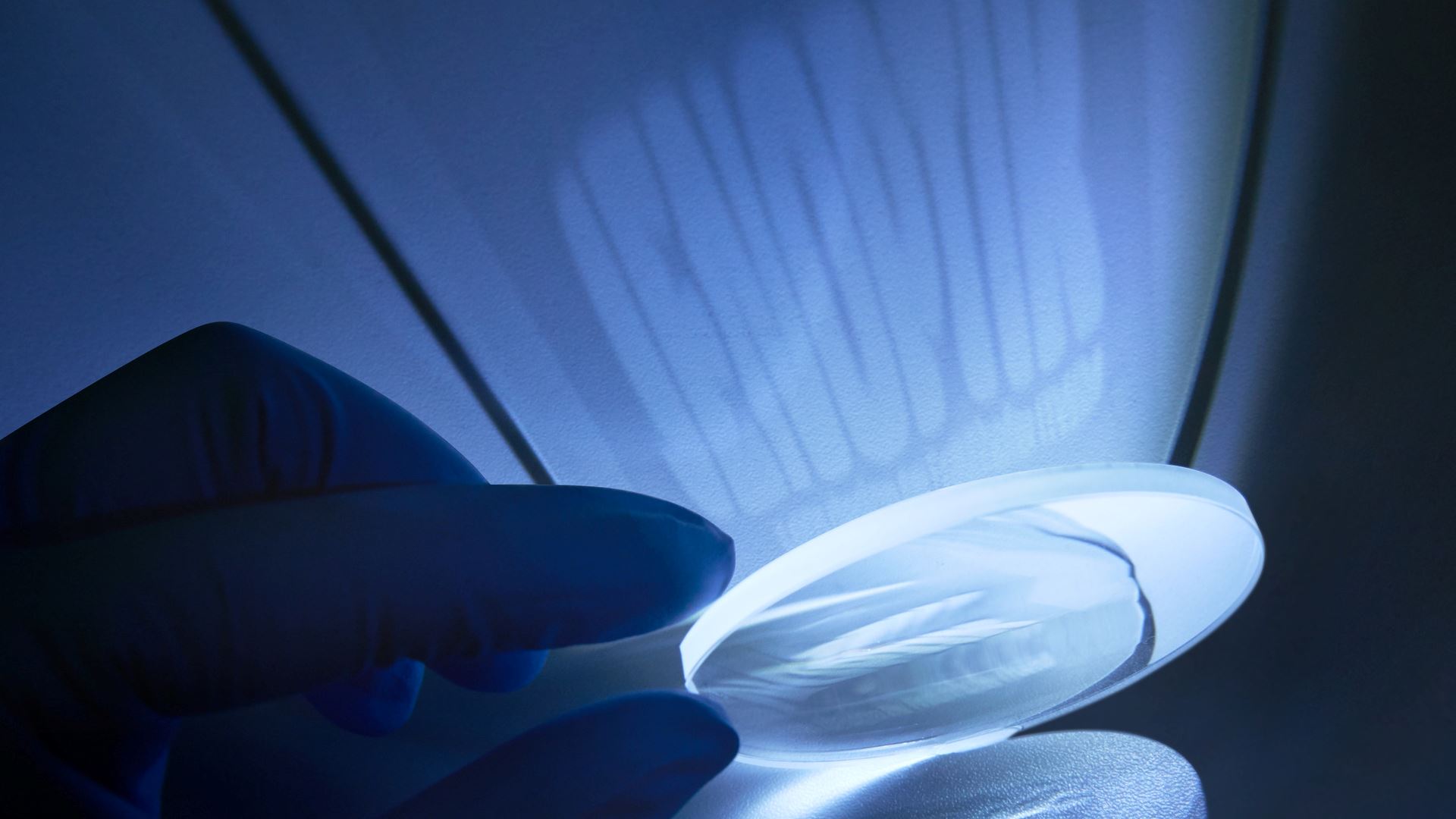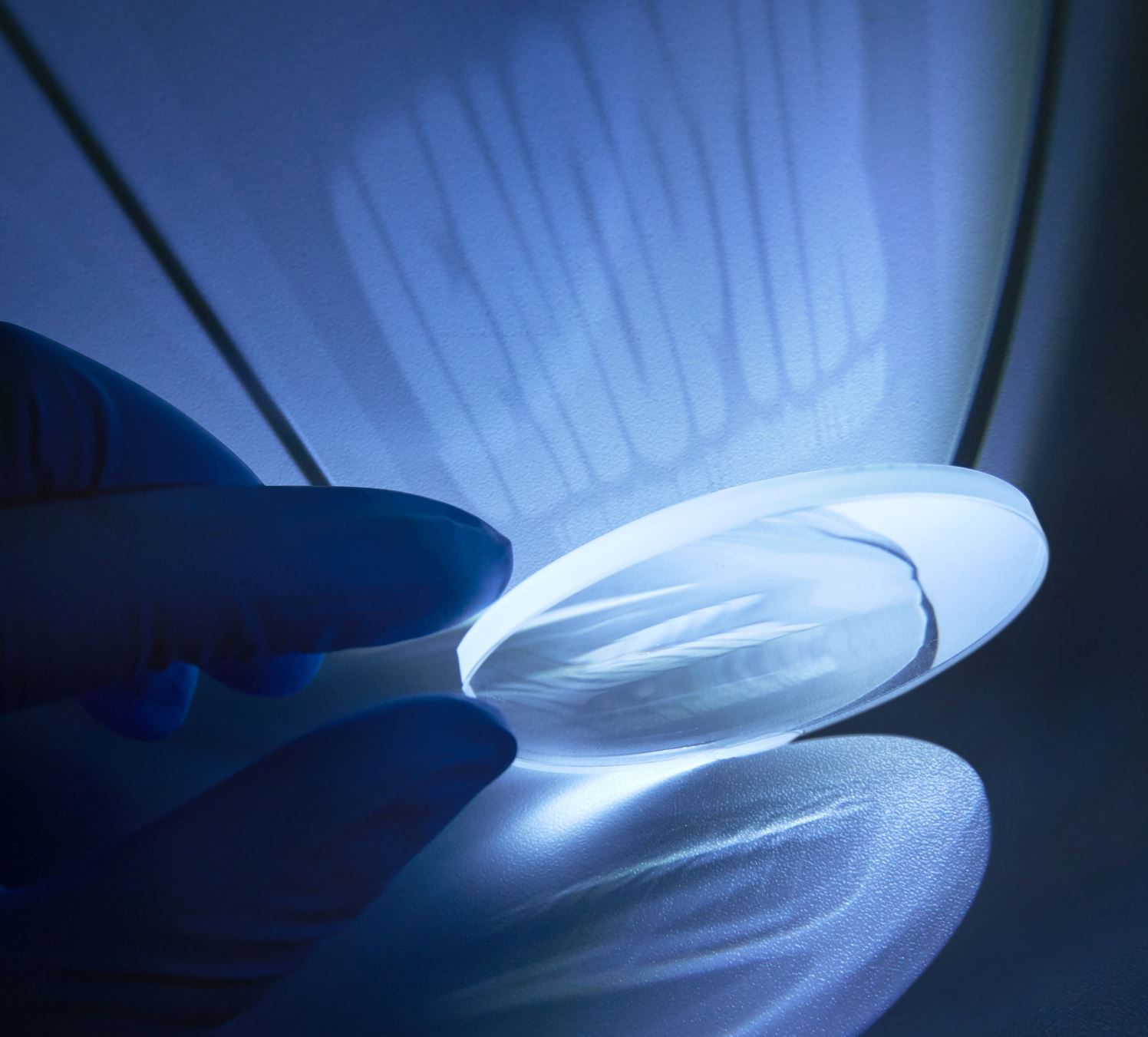RecommendMail Facebook LinkedIn
- Digitization
- Industry 4.0
- Smart Manufacturing
Free-form optics – the polymer technology project in the field of free-form technology
In a Thuringian alliance, Jenoptik had been working on a future topic of the photonics industry since 2018: free-form optics. In various sub-projects, the alliance partners researched the entire process chain with the aim of developing and marketing innovative free-form optical systems. After the successful conclusion of this collaboration – the alliance fo+ – it now goes into realization for a variety of applications in modern everyday life.
, Lars DickFree-form optics are probably the future topic of optics technology
Possible applications for free-form optics


Free-form optics from Jenoptik in the fo+ project
Nine companies and two research institutions of the Thuringian photonics industry participated in the fo+ alliance. The region is known for scientific, innovative and technology-driven activity in the field of optics and photonics. This is also where Thuringia’s designation as "Optical Valley" comes from.
Jenoptik’s goal was to adapt the application to standard image sensors using free-form optics. This means designing the optics in such a way that the desired field of view (FoV) is imaged on the camera. This can be achieved by the optimal shape of the lens as well as the correction of asymmetric errors. The idea behind the technology was also to conserve resources by reducing the number of components required and to enable the customer to miniaturize the components by saving space and weight.
What is the success for Jenoptik from the alliance?

Demonstrator of Jenoptik
Free-form optics: fo+ project

For which application areas is the developed technology intended?
- Wide field of view for sensors in the lift truck for indoor and outdoor use
- for sensors in storage rack systems
- Cameras in the goods receiving area
- Security monitoring of rooms and buildings
- Robot application monitoring
Product recommendation
About Lars Dick
Lars Dick is graduated in mechanical engineering focusing on optics and precision engineering. As head of the ultra precision technology group and head of the tool center group at Jenoptik. His interests include diamond machining, molds, replication techniques, coating, and metrology of optical surfaces.









